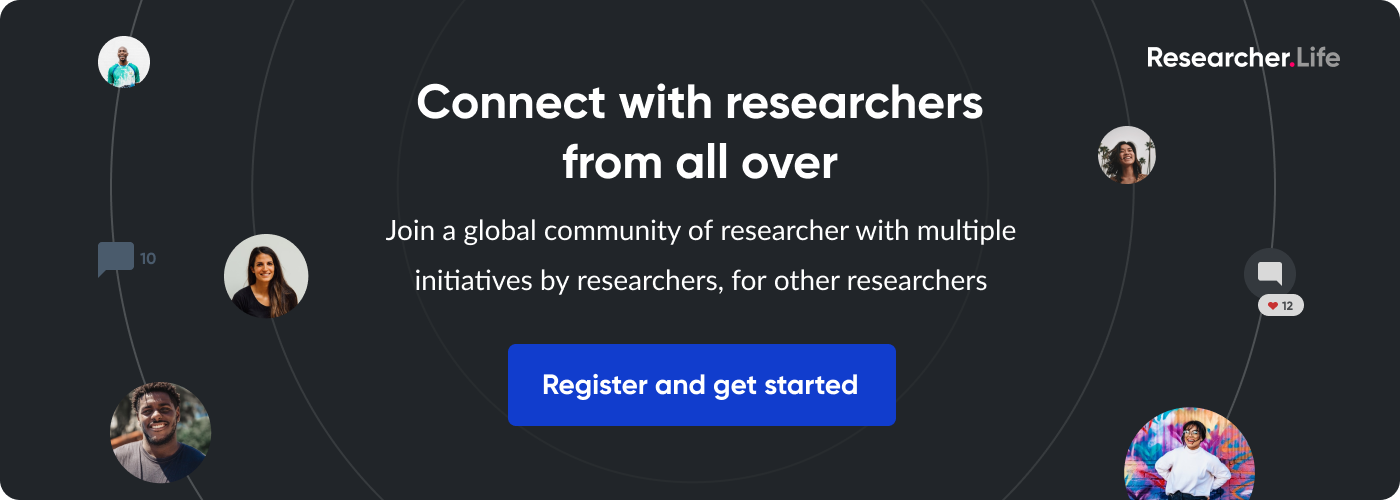How to craft the perfect elevator pitch for your research

Have you ever come across a professor at a conference whose research totally blew your mind and you desperately wanted to interact with them, but couldn’t because you were tongue-tied? Don’t worry, you are not alone. A lot of us are in the same boat, especially early-career researchers. We are often unprepared when it comes to relying on our social skills during networking, and that can reflect in our body language as nervousness and low self-confidence. But if you have an elevator pitch ready to go, you will feel much more confident while interacting with any professional.
An elevator pitch is a well-crafted introduction that highlights your most significant achievements and showcases your strengths. It is all about promoting yourself in a few sentences, so it has to be perfect. Just like a good movie trailer does, you must hook your listener’s attention such that they want to hear more of what you have to say. If your elevator pitch is not up to the mark, your listener will not even be interested in listening to the rest of what you say, especially at busy networking events where they have to meet several other people. An elevator pitch, as the name suggests, is so concise that even if you get one minute with someone in an elevator, you can convey your message efficiently. You can not only use this elevator pitch at career fairs, conferences, and networking events, but you can also add it to your LinkedIn profile, cover letter, or the professional summary section of your resume. |
As researchers, we are used to communicating our research through elaborate slide decks and posters that are filled with technical jargon. However, we are rarely trained to explain our research to someone quickly and engagingly. I first realized this when I participated in a science communication competition called the 3-minute thesis competition, where participants are supposed to present their research to a general audience in an engaging manner within just 3 minutes. At first, I found it very challenging to summarize my research to a layperson in only 3 minutes, but then I tried to think of my research in a different light. I tried to find the gist of my work and then thought of a way to explain it to someone who knows nothing about my field. I made sure to keep it simple and engaging and practiced my talk with my friends. Feedback from my friends helped me a lot in organizing my script, and I was able to bag the People’s Choice Award, and that experience motivated me to write this elevator pitch article!
Here are a few points to remember while perfecting your elevator pitch:
- Introduce yourself: Begin with a crisp introduction that includes a greeting, a couple of lines about who you are and what you do. Fresh graduates can simply introduce themselves and talk about their education (degree, major, minor, course).
Example: Hello, my name is Nashrah, and I have a PhD in biological sciences from Kent State University. - State your aim: Identify your goal for your elevator pitch. It could be landing a job offer, finding a collaborator, receiving offers for freelancing, or simply promoting yourself. Clearly and concisely explain your work interest.
Example: I am interested in a position as a scientific writer in the medical writing industry. - Talk about your past work experience: Highlight your most relevant work experience that includes jobs, internships, or volunteering.
Example: I have been involved in translational research in arthritis during my graduate studies, and I have also had an internship as a guest writer at XYZ company, where I discovered that I really enjoy medical writing. - Highlight your unique abilities and strengths: Talk about what you bring to the table. Include your most relevant technical skills, soft skills, and personal traits that are relevant to your targeted job. You must mention the top strengths of your entire resume to show that you are the best candidate for the job.
- End with a call to action: Always try to end your elevator pitch with a question or call to action. Try to use action words to convey what you want from your listener.
Example: Would you mind if I set up a chat with you later?
OR
Can I get in touch with you to tell you more about a possible research collaboration opportunity for us?
After writing your pitch, make sure that you practice it - read it out loud in front of a mirror, or film yourself. It is also important to time yourself and to make sure that it is around 30-90 seconds long. Another thing to keep in mind is your target audience, for example, your pitch would be different if you are targeting a research position in academia versus if you are targeting a position in industry. You will need to highlight your transferable skills when you are targeting industry positions while you will be focusing more on your research and teaching capabilities while networking with someone from academia.
An elevator pitch is all about taking full advantage of those couple of minutes that you get with a potential employer or collaborator. So now, when you have crafted a perfect elevator pitch for yourself and practiced it thoroughly, go ahead and seize that networking opportunity!
Comments
You're looking to give wings to your academic career and publication journey. We like that!
Why don't we give you complete access! Create a free account and get unlimited access to all resources & a vibrant researcher community.

Subscribe to Career Growth










